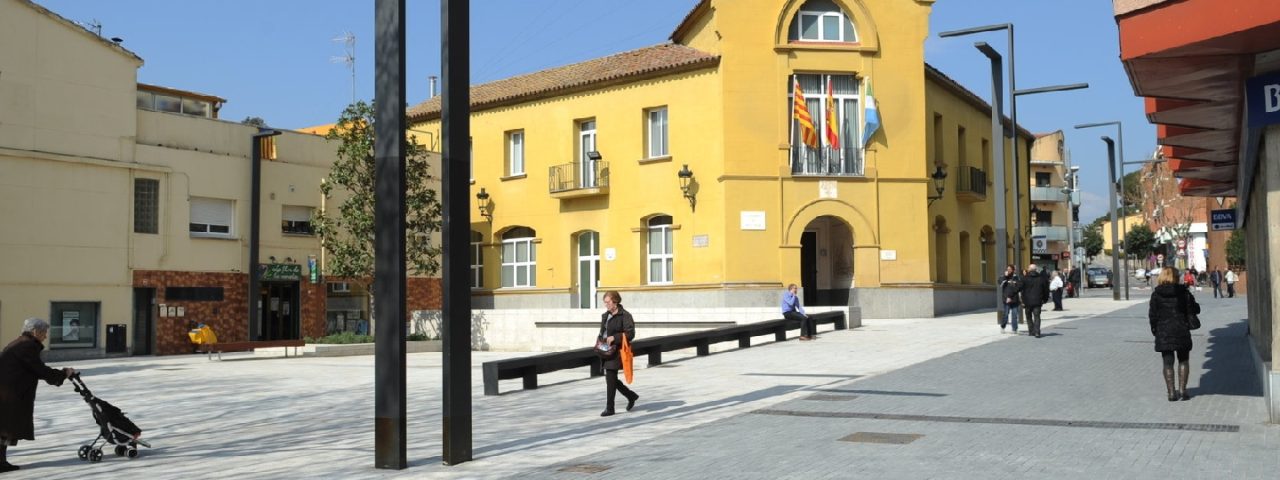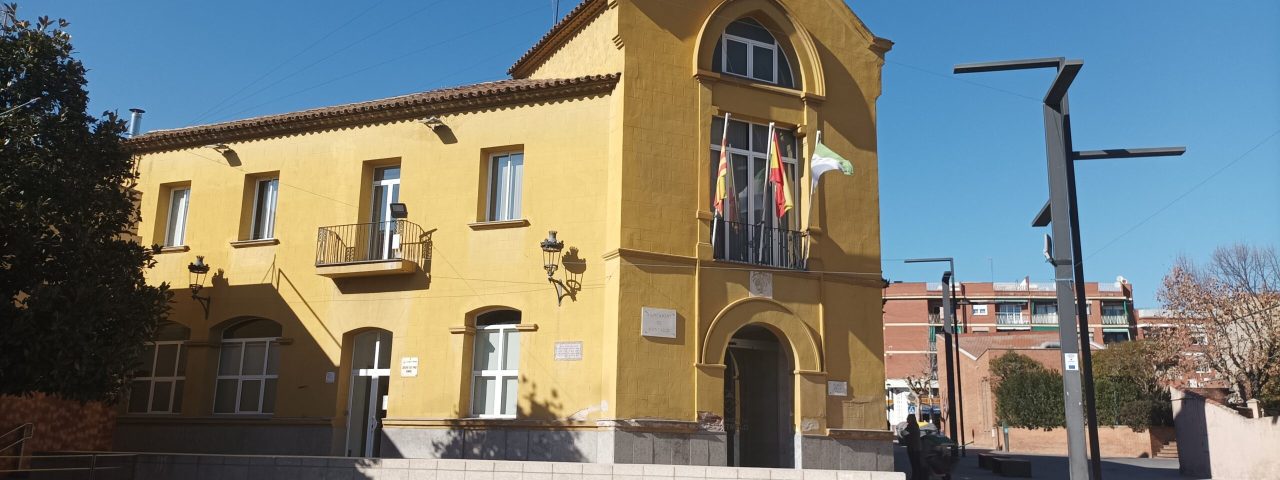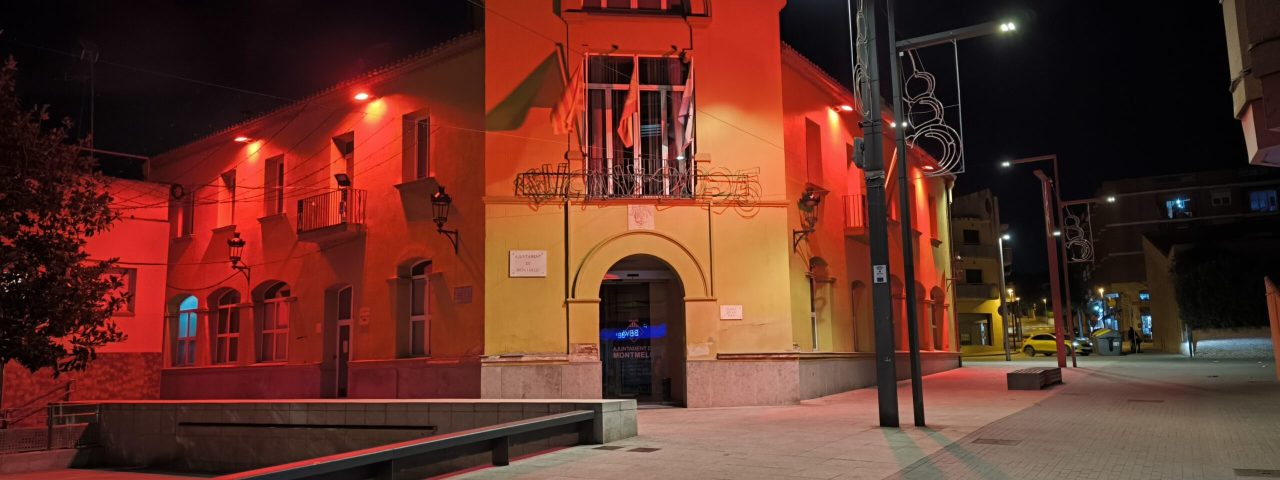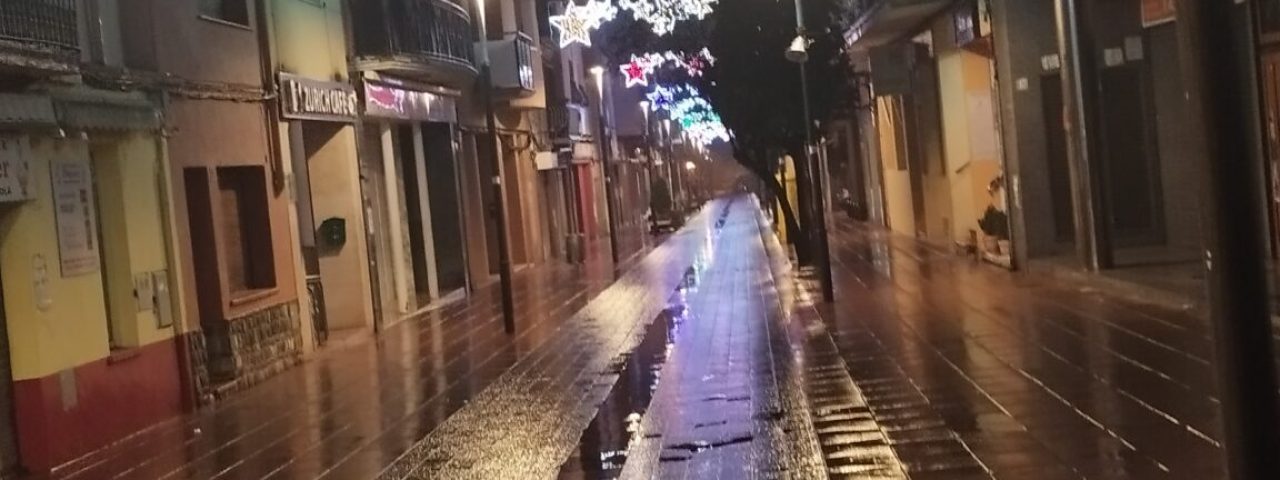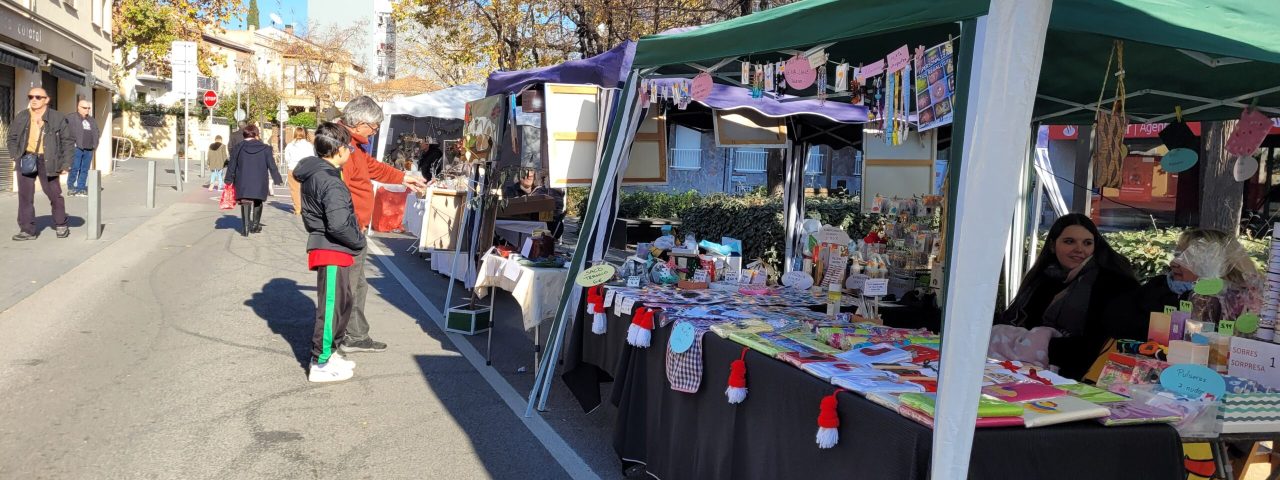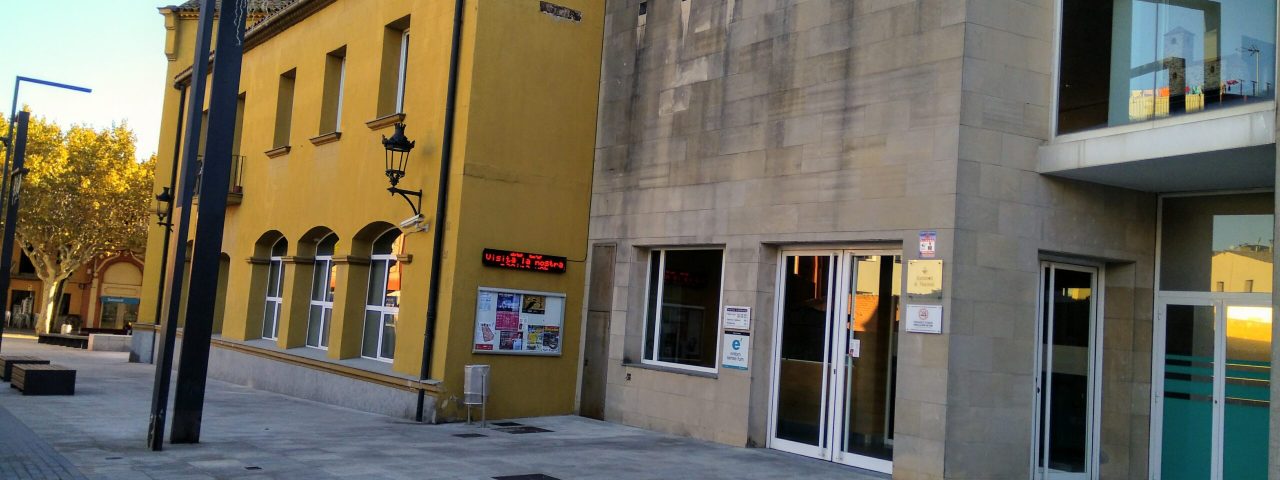Montmeló has a rich historical background, with influences from Roman, Moorish, and Christian periods shaping its identity over the centuries. Historically, Montmeló was a small agricultural village, but its location along important trade routes meant it saw considerable development over time. The town’s growth accelerated with the construction of the Circuit de Barcelona-Catalunya in 1991, which brought international attention and transformed it into a hub for motorsports.
Culturally, Montmeló is deeply rooted in Catalan traditions. The city celebrates numerous festivals, such as “La Festa Major de Montmeló,” a lively annual event in July featuring traditional Catalan music, dances, parades, and fireworks. The “Castellers” (human towers) are a central part of these celebrations, showcasing the strength, unity, and cultural pride of the local community.
In addition to festivals, Montmeló also preserves its heritage through local landmarks like the Romanesque Church of Sant Maria de Montmeló, a modest yet historically significant building. These cultural elements offer visitors a glimpse into the city’s vibrant traditions and deep-rooted history.
